How To Read A Putt In Golf
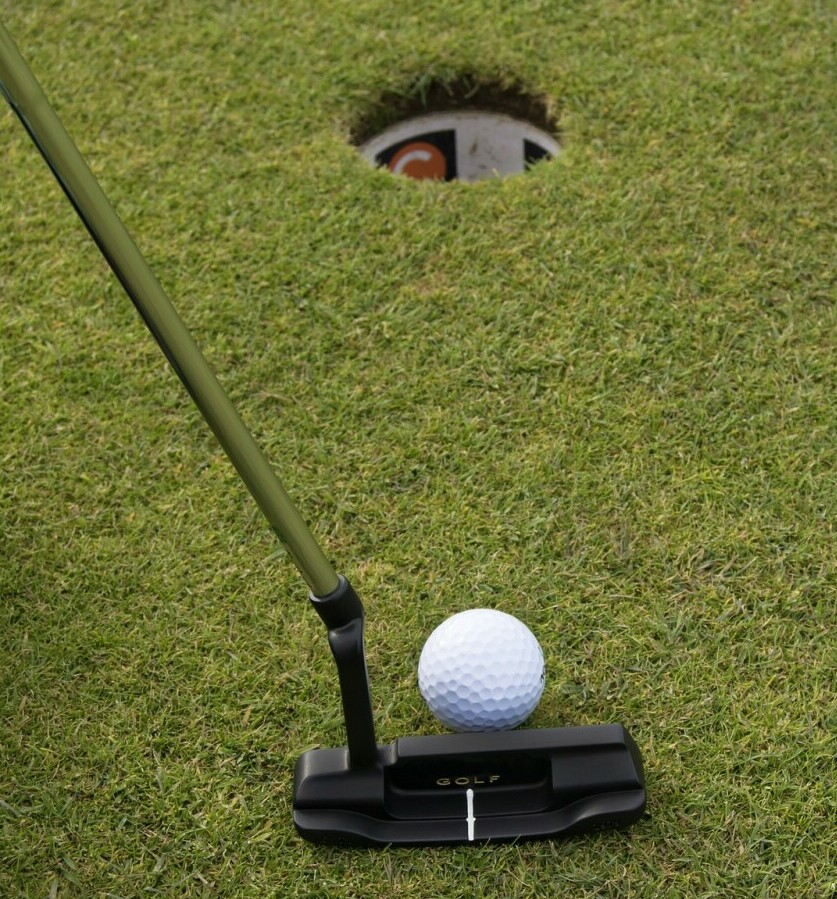
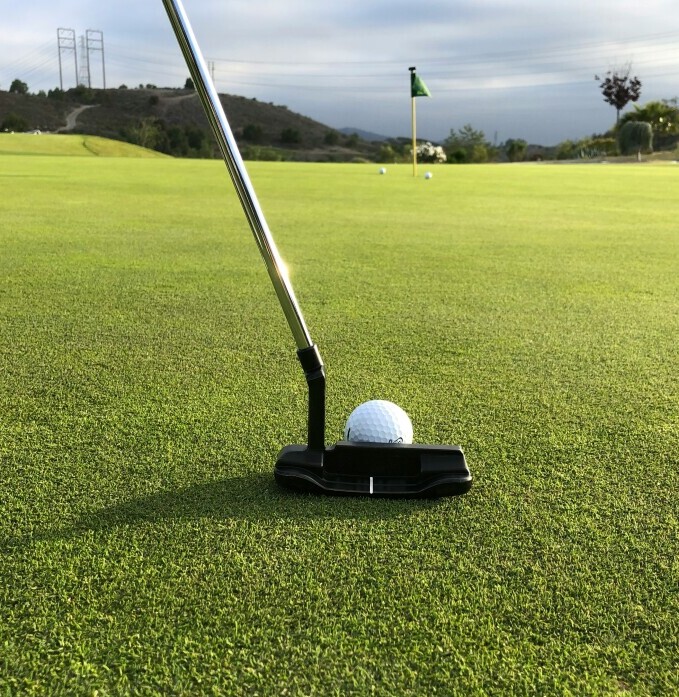
Fore! Quick note: a few links here are affiliate links. If you snag gear through them, I earn a small commission — no extra strokes added to your game.
I’m going to kick things off by emphasizing just how critical it is to read a putt correctly if you want to up your golf game. A well-read putt can be the difference between a glorious birdie and a frustrating bogey. But this isn’t just about lowering your score; it’s also about the satisfaction of seeing your ball glide across the green and drop into the hole just as you envisioned it. The golf viking is here to turn you into a putting connoisseur.
Now, when I talk about the basics of reading the green, I’m referring to the process of evaluating the terrain and conditions to predict how your ball will behave once you strike it. You’re going to find out about subtle slopes, tricky undulations, and even how the grain of the grass can redirect your putt. There are many different factors that can affect your putt, and some courses have way more difficult greens than others.
Don’t worry too much about feeling overwhelmed by all the details. I’m here to guide you through the process step by step. The mental game is as crucial as the physical aspect. So, before you even take your putter out of the bag, you’ll need to approach the putt with a calm mind and a clear strategy.
By the end of this post, I’ll have you equipped with the fundamental knowledge necessary to read putts more effectively. And as you progress to the next part, we’ll delve into these concepts in more detail, unlocking the secrets of the green that can transform your putting from good to great. There are many details that separate putting from the rest of your game. Let’s get into them.
Reading greens is important, but distance control matters too. Learn more in best golf putters for distance control.
Ready to level up your golf game? Click here.
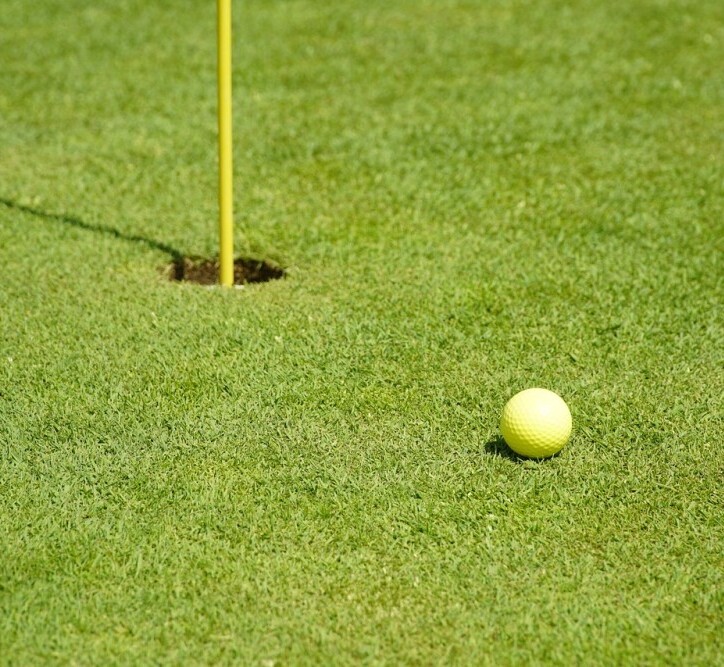
Deciphering the Contours: Key Factors in Reading Putts
When you’re standing on the green, preparing for a putt, your success hinges on your ability to interpret the landscape before you. It’s not just about hitting the ball; it’s about being a keen observer of the green’s contours and variations. Putt reading is a skill that combines art and science, and even the most seasoned golfers pay close attention to the details of the green before making their play.
Reading the topography of the green is much like interpreting a map. Notice the rises and falls—they will tell you how gravity will affect your ball once it starts rolling. Sometimes it’s helpful to crouch down to ground level to get a better sense of the green’s undulations. You will see professional golfers use all kinds of tricks to get an eye for the nuances of the green. Keep in mind that even subtle slopes can dramatically alter the path of your putt, so even the smallest elevation changes are worth your attention.
Grass type and grain direction can also play significant roles in how your ball behaves. Some greens are fast, with tightly cropped grass that can speed up your ball, while others might be slow, with a thicker grass type. Observe the way the grass is laying; it can provide insights into how the ball will roll, especially on slower greens. For example, if the grass is growing towards you, it will likely slow the putt down.
This is why it’s a good idea to test out the practice green that most courses provide. This will give you a sense of what you are dealing with as far as grass and speed on the course. You will be able to judge the greens on the course better after getting a few practice putts in. This can save you a few strokes on the scorecard too, since you are already prepared for what the greens have in store for you and you won’t have to spend a few holes trying to figure it out.
Don’t overlook the influence of the day’s weather on your putt. A wet green might hold the ball better and slow it down, whereas you can expect a faster roll on a dry day. So it’s important to factor in not just the present conditions, but whether the green has been exposed to rain or sun in the hours before your round. This will have a major impact on how fast or slow the greens can be. You must alter your game accordingly because a wet green is going to react way differently to your putt than a dry green.
Lastly, consider building a pre-putt routine. Walk around the putt from multiple angles. Some golfers like to get behind the ball and the hole to visualize the line. Others find it helpful to stand at the midway point of the putt to gauge the slope. This routine can help you build a clearer mental picture of the putt’s path, giving you an optimal read of the green. The more experience you get, the better you will get at making an appropriate read.
You’re setting the stage to thread the needle between line and speed – the two crucial components that determine whether your ball finds the bottom of the cup. While the factors you’ve considered so far are critical, understanding how they influence the dynamics of speed versus line will be your next focus. Get ready to delve into the strategy that helps you decide how much power to apply and which line to take for the perfect putt.
If you struggle with accuracy on the greens, check out most accurate golf putters to help your reads pay off.
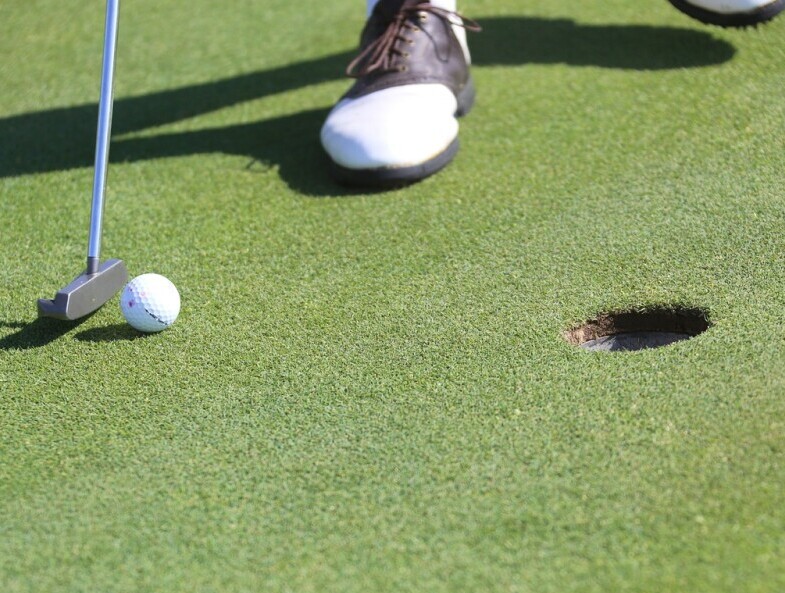
The Delicate Balance: Speed versus Line in Putting
In golf, the dynamic duo of speed and line can make or break your putting game. That’s right, you need a solid understanding of both to consistently sink putts. Now I’ll show you why the harmony between the two is so crucial. You need to consider both because they have an influence on each other when hitting the ball. You can’t, for instance, focus simply on the line of the putt because the speed in which you hit the ball will help determine the line.
You’re going to find out about the correlation between speed and the line of your putt. Imagine the line as the precise route your ball needs to travel, while speed is the vehicle that takes it there. Too fast or too slow, and you might overshoot or come up short. The trick is to find that sweet spot, giving the putt enough power to follow the line and drop into the hole.
In practical terms, you’ll want to survey the green and decide on a speed that complements your read of the line. Uphill putts will need an extra push, while downhill ones require a softer touch. Remember: smoother greens usually mean faster putts. So, choose a speed that resonates with the conditions of the green and your line choice.
Avoiding common mistakes is part of the learning curve. A common pitfall is getting so fixated on the line that you neglect speed control. Another is precisely the opposite – being so concerned about speed that you misread the break. To prevent these errors, I recommend integrating both factors into your practice routine, rather than focusing on one at a time.
Short game confidence makes reading putts easier. Read short game mastery to sharpen your overall touch.
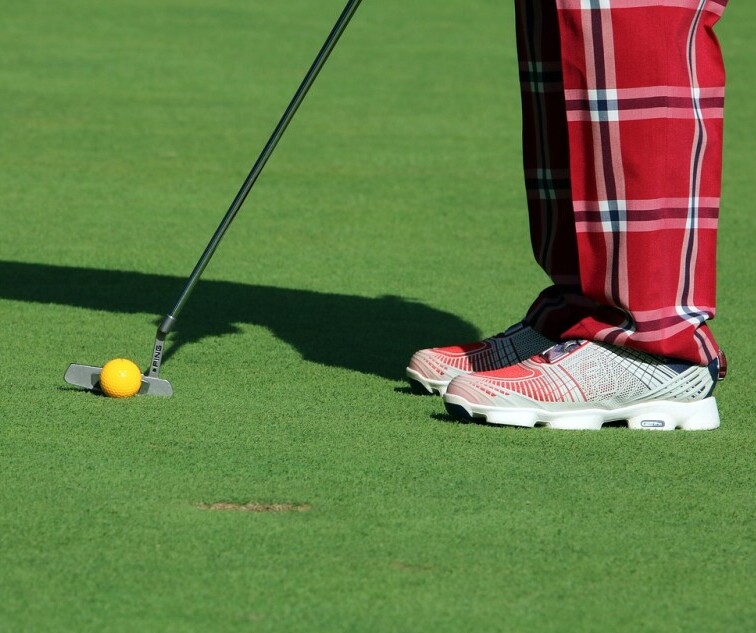
Putting it All Together: Concluding Thoughts on Reading Greens
You’ve now explored the ins and outs of reading putts, from grasping the geographical nuances of the greens to gauging the interplay between speed and line. You’ve likely realized there’s both an art and a science to sinking that ball. While there are many tricks to the putting trade that can be utilized, the important thing is reading a green correctly and then having the proper putting motion to guide the ball to the hole. That is what putting us all about.
Remember, the key is persistence and careful observation. Each time you’re on the green, take a moment to study the lay of the land. Notice the subtle breaks and how they align with the grain of the grass. Understand that what you’re learning here extends beyond mere mechanics; it’s about developing an intuition for the green.
Don’t get disheartened if your initial attempts don’t pan out the way you envisioned. Practice is a crucial piece of the puzzle – the more you do it, the better you’ll get. And with practice comes confidence, which in itself is a game-changer out on the course. Plus every course is different and you may be playing in various forms of weather so you will always need to adjust your play to the course environment.
I really hope that this article serves as a springboard for you to improve your putting game. Think of reading the green as a conversation between you, the putter, and the grass beneath your feet. It’s a dialogue full of whispers and cues, waiting for you to listen and respond with the right touch.
At the end of the day, golf is as much about enjoying the process as it is about perfecting the techniques. So next time you’re faced with a tricky putt, stay calm, trust your skills, and watch as the ball rolls confidently toward the hole. That’s the beauty and the challenge of golf, and why so many of us are captivated by this game. Now you are set to thrive on the greens, and to be the putting king that you were always meant to be.
Not all putters react the same to green speeds. See best budget-friendly golf putters for options that fit your game.


